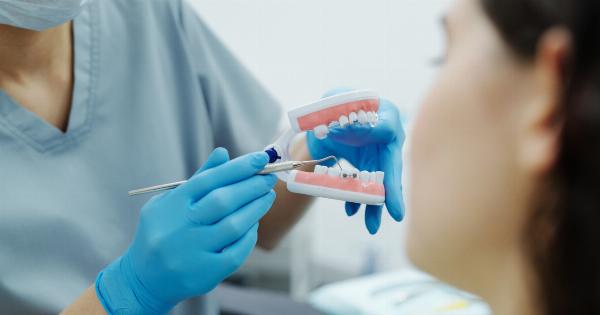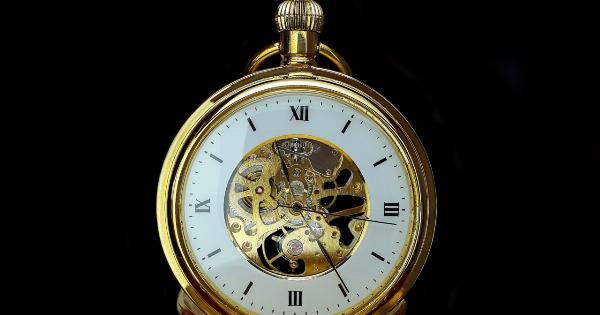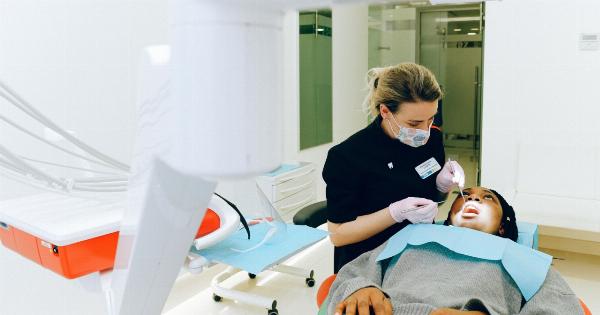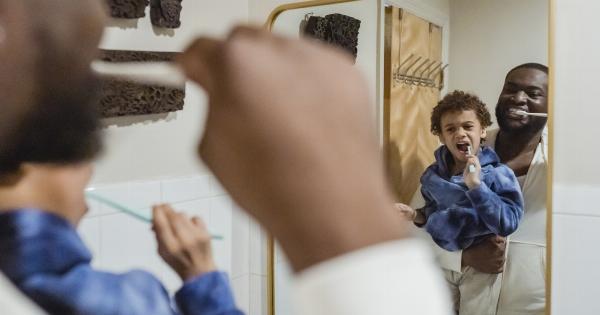When it comes to orthodontic treatment, braces are a popular option for straightening teeth and achieving a beautiful smile. Traditional braces have been around for decades and are effective in correcting various dental issues.
However, in recent years, lingual braces have emerged as an alternative choice for those seeking a more discreet orthodontic treatment. In this article, we will compare lingual braces to traditional braces, highlighting their differences, benefits, and considerations.
What are Lingual Braces?
Lingual braces are a type of dental braces that are attached to the backside of the teeth, making them virtually invisible from the front view.
Unlike traditional braces, which are attached to the front of the teeth, lingual braces offer a more aesthetically pleasing option for individuals who wish to straighten their teeth without drawing attention to the orthodontic treatment.
How do Traditional Braces Work?
Traditional braces consist of metal brackets that are bonded to the front surface of the teeth and connected by archwires. The archwires exert gentle yet continuous pressure on the teeth, gradually moving them into their desired position over time.
Elastic bands are often used to aid in this process by applying additional force to correct bite irregularities or close gaps between teeth.
How do Lingual Braces Work?
Lingual braces employ a similar mechanism to traditional braces, but with one major difference – the positioning of the brackets. Instead of being placed on the front of the teeth, lingual braces are attached to the backside or lingual surface.
This positioning allows the braces to effectively straighten the teeth while remaining hidden from view.
Appearance and Aesthetics
One of the most significant differences between lingual braces and traditional braces is their appearance and the impact on aesthetics. Traditional braces are highly visible as the brackets and wires are placed on the front of the teeth.
This can make some individuals self-conscious about their smile during treatment. On the other hand, lingual braces provide a discreet treatment option as they are hidden from view when talking or smiling.
This feature makes lingual braces particularly popular among adults and professionals who desire a more inconspicuous orthodontic treatment.
Comfort and Adjustments
Both traditional braces and lingual braces can cause some discomfort or soreness initially, as the teeth and surrounding tissues adjust to the pressure applied.
However, with traditional braces, patients might experience rubbing or irritation on the inner lips and cheeks due to prolonged contact with the brackets. This issue is minimized with lingual braces, as the brackets are placed on the back of the teeth, reducing the chances of discomfort or soft tissue irritation.
Adjustments to both types of braces involve tightening or changing the archwires to continue the teeth-straightening process.
Traditional braces typically require more frequent adjustments, usually every 4-6 weeks, while lingual braces may have longer intervals between appointments, with adjustments typically occurring every 6-8 weeks. The longer intervals between appointments may be more convenient for individuals with busy schedules.
Oral Hygiene
Proper oral hygiene is crucial during orthodontic treatment to maintain healthy teeth and gums. With traditional braces, it is essential to clean both the brackets and wires, which can be more challenging due to their visibility and positioning.
Specialized tools like interdental brushes and floss threaders may be required to effectively clean around the braces.
In contrast, lingual braces offer an advantage in oral hygiene as the brackets are positioned on the back of the teeth. This makes it easier to reach and clean the front surface of the teeth without any obstructions.
However, it is still important to pay attention to cleaning the back surfaces of teeth, as well as using proper oral hygiene techniques, including regular brushing and flossing.
Speech and Eating
Since lingual braces are positioned on the backside of the teeth, they may initially affect speech. The proximity of the brackets to the tongue can cause some difficulty in pronouncing certain sounds, leading to a temporary lisp.
However, most patients adapt quickly to wearing lingual braces, and any speech impediment typically resolves within a few weeks as the tongue adjusts to the new positioning of the braces.
Eating may also require some adjustment with both traditional and lingual braces. Initially, there might be discomfort while biting and chewing due to the pressure applied to the teeth.
It is advisable to stick to softer foods during the initial stages of orthodontic treatment and gradually reintroduce harder or chewier foods as the teeth become accustomed to the braces.
Treatment Duration
The duration of orthodontic treatment varies based on individual factors such as the severity of the dental issues being corrected and the treatment plan discussed with the orthodontist.
In general, traditional braces tend to have a slightly shorter treatment duration compared to lingual braces. This can be attributed to factors such as the ease of access to the brackets and adjustments with traditional braces.
However, the difference in treatment duration between the two options may be minimal in some cases and is best discussed with an orthodontic professional.
Cost Considerations
The cost of braces, whether traditional or lingual, can vary depending on factors such as the orthodontist’s experience and location, the complexity of the case, and the duration of treatment.
In general, lingual braces tend to be more expensive than traditional braces. The cost difference can be attributed to several factors, including the customized nature of lingual braces and the specialized training required to apply and adjust them.
It is essential to consult with an orthodontist and inquire about the cost and payment options specific to your case.
Suitability for Different Cases
Both traditional braces and lingual braces are effective in treating various dental issues, including crowded or misaligned teeth, gaps, and bite problems.
However, the choice between the two options may depend on individual considerations and the complexity of the case. Traditional braces are versatile and suitable for most orthodontic cases, making them a reliable choice for many patients.
Lingual braces, although effective, may not be suitable for severe orthodontic issues or cases where there is insufficient space on the back surface of the teeth to accommodate the brackets.
Additionally, individuals with excessive overbite or underbite might not be ideal candidates for lingual braces, as the adjustments required might be better achieved with traditional braces or alternative treatments.
Maintenance and Appointments
Maintaining regular dental appointments and following the orthodontist’s instructions are crucial for successful orthodontic treatment, regardless of the type of braces chosen.
Both traditional braces and lingual braces require periodic adjustments and monitoring to ensure progress is being made effectively.
It is important to note that lingual braces require specialized training and expertise to apply and adjust. Therefore, it is essential to choose an orthodontist who is experienced in lingual braces to ensure optimal results.
Regular appointments will typically be required for adjustments, monitoring, and professional cleaning to maintain oral health throughout the treatment process.
Conclusion
When it comes to deciding between lingual braces and traditional braces, several factors need to be considered, including aesthetics, comfort, oral hygiene, and individual treatment needs.
Lingual braces provide a more discreet alternative to traditional braces while effectively straightening teeth. However, they may not be suitable for every case, and the cost may be higher compared to traditional braces. Consulting with an experienced orthodontist is crucial to determine the best treatment option for achieving the desired results.




























